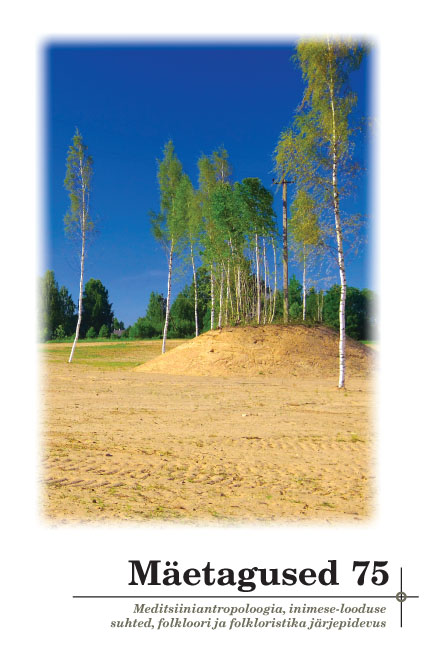Folkloorist kirjandusse ehk variatsioonid Rainisega läti ja eesti kultuuris
From folklore to literature: Variation in Rainis’ literary works
Author(s): Anneli MihkelevSubject(s): Customs / Folklore, Latvian Literature, Cultural Anthropology / Ethnology, Culture and social structure
Published by: Eesti Kirjandusmuuseum
Keywords: cultural transformation; cultural translation; folklore and literature; folk motives; Latvian literature; modernism; symbolism;
Summary/Abstract: Rainis (Jānis Pliekšāns, 1865–1929) was a very famous Latvian modernist writer of the beginning of the 20th century. His literary works are connected with Estonian culture via different motifs. Rainis’ texts, translated into Estonian, contain indications of double cultural translation, and thus constitute a very interesting case in European culture. The article analyses Rainis’ plays “Uguns un nakts” (Fire and Night, 1905), “Zelta zirgs” (The Golden Steed, 1909), “Pūt, vējiņi!” (Blow, Wind! 1914), and “Jāzeps un viņa brāļi” (Joseph and His Brothers, 1919). According to Latvian and Estonian researchers, Rainis’ play titled “The Golden Steed” drew on Friedrich Reinhold Kreutzwald’s fairy tale about a princess who slept for seven years. On the other hand, a story about a princess who slept on a glass mountain is well known in Northern Europe. Rainis also used motifs from the Estonian epic “Kalevipoeg” (Kalev’s Son) and the mythological story “Koit ja Hämarik” (Dawn and Dusk). The motif he used in his drama “Blow, Wind!” is the orphan motif from “Kalevipoeg”. Both the slave girl from the latter and Baiba from Rainis’ drama were orphans and had to work hard for their stepfamily. The orphan motif certainly points to several variants of the Cinderella story which have spread all over the world. The myth of Dawn and Dusk is a story by an Estonian writer, Friedrich Robert Faehlmann (1798–1850), which inspired both sculptor August Weizenberg and Rainis in the creation of their characters. The personification of the motifs of sunrise and sunset are repeated several times in Rainis’ play “Blow, Wind!”. There is a situation involving Baiba and Uldis, in which their passion becomes stronger and stronger, while it all ends with a farewell kiss from Baiba and her jumping into the water. Estonian writer Johannes Semper has analysed folk motifs in the “Kalevipoeg” and he sees its parallels with the Finnish epic “Kalevala” in this regard: the motif of the maiden who commits suicide by drowning is repeated several times in the latter. This reminds us of the story of Kullervo, who met a nice maiden on his travels and raped her. Next day it turned out that the girl was Kullervo’s sister, and the maiden drowned herself. According to Semper there were more tragic stories which implicate the epics: the story of Kalevipoeg and Saarepiiga in the epic “Kalevipoeg” and the story of Väinämöinen and Aino in the epic “Kalevala”. All these motifs are well known in Europe and have existed in national literatures for a very long time (cf. Ophelia in Shakespeare’s “Hamlet”). Rainis’ drama “Fire and Night” (1905), based on the Latvian epic “Lāčplēsis” (Bear Slayer, 1888), is probably the most significant symbolic work in Latvian literature. The drama demonstrates how literary symbols work in culture where the fundamentally new is created, and it is a process which contains the moment of explosion according to semiotician and literary scholar Yuri Lotman. All these symbols are dynamic, and it depends on the context and on the readers how these literary figures and texts are interpreted. Rainis’ symbols are polysemantic and one and the same symbol can change meanings several times within a play. The drama “Joseph and His Brothers” (1919) is based on a biblical myth and it is a neo-mythological literary work and also a cultural translation and transformation. The Bible functions as a metatext in Rainis’ text and in Latvian culture describing, via auto-communication, the Latvian culture itself. The Estonian translation functions in a similar way in Estonian culture because Latvian and Estonian cultural contexts are similar.
Journal: Mäetagused. Hüperajakiri
- Issue Year: 2019
- Issue No: 75
- Page Range: 141-156
- Page Count: 16
- Language: Estonian

